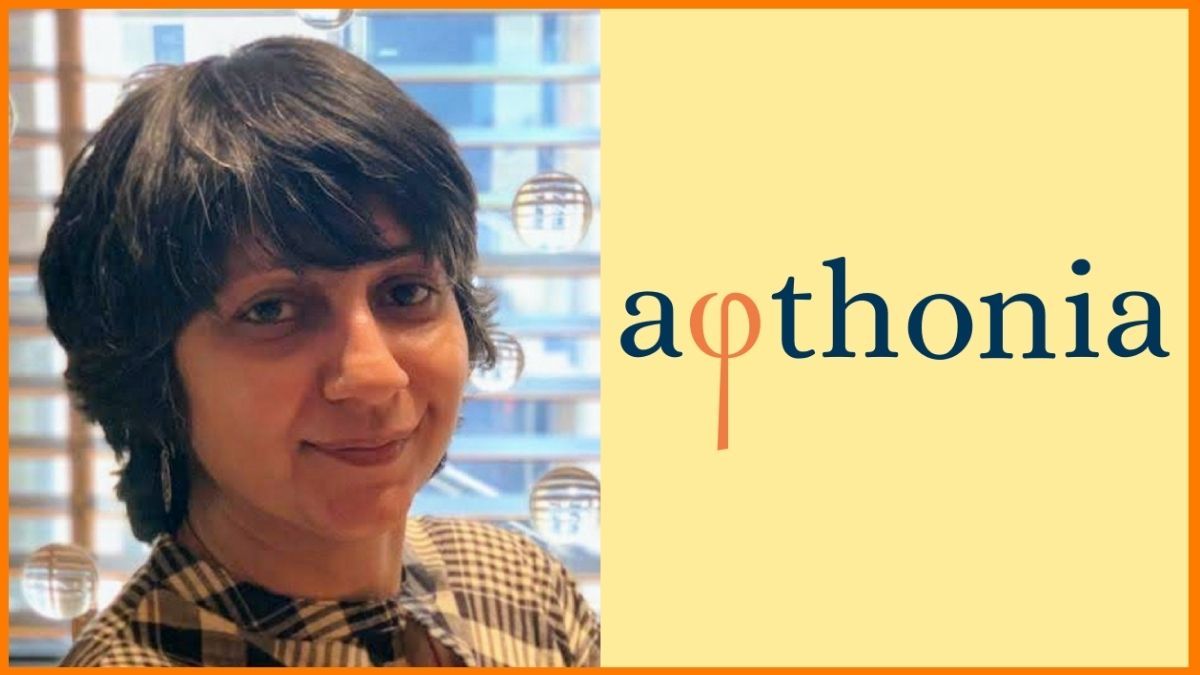Over the past few years, there has been an increasing number of Bollywood stars trying to do different things to give their career a whole new direction. Some celebrities are investing in startups that align with their interests in order to enter the technological space that is booming in India.
In 2020, many celebrities like Alia Bhatt, Suniel Shetty, Shilpa Shetty Kundra, Madhuri Dixit Nene, Anushka Sharma, Katrina Kaif, Deepika Padukone and Sonu Sood have become angel investors to upcoming startups that have potential especially during the hard times of global pandemic.
While some celebrities have become entrepreneurs themselves and are leaving no stone unturned to get into the competitive business world. The latest inclusion in the list of actors turned investors is a world renowned actress, Aishwarya Rai Bachchan.
Aishwarya Rai Bachchan is an Indian actress, who was also crowned Miss World in the year of 1994. The former Miss World is one of the most influential celebrities in India and is a recipient of Padma Shri by The Government of India and The Ordre des Arts et des Lettres by the Government of France.
She is also regarded as the most beautiful woman in the world, often times by the media. The actress is known for work in movies like Devdas, Hum Dill De Chuke Sanam, Jodhaa Akbar, Mohabbatein, Enthiran, Ae Dil Hai Mushkil, among others. But besides that she is also known for her humanitarian work as she is also the Goodwill ambassador for UNAIDS.
Aishwarya is now an angel investor to a company known as Ambee, which is an environment intelligence startup. The actress has also recently funded in a nutrition based healthcare startup called Possible. This is however, not her first investment as she had also funded in a wind power project in Maharashtra over ten years back.
Possible
Ambee
Frequently Asked Questions

Lets look at the Startups Funded By Aishwarya Rai Bachchan
Possible
Possible is a nutrition based startup earlier known as Truweight Wellness which was founded by Vishnu Saraf and Megha More in 2015. The company offers research driven nutrition service and healthy food products through its website. It also helps in leading a sustainable health, wealth loss and management of lifestyle diseases.
The startup claims to help over 40 thousand people in losing weight and managing diseases and aims to transform lives of more than 10 million people by helping them fight Lifestyle Disease.

The website has over 50,000 success stories with more than 100 nutritionists and doctors and sells more than 50 super foods. The company excels in providing services and products to Combat Obesity, Thyroid, PCOS, Diabetes’s and others.
The company offers a wide variety of services like video tutorials, personal nutritionists, online consultations with doctors, customized meal plans, super foods including a tech based scientist’s analysis with constant mentoring. The strategy of the company is to provide physician supervision by an ayurvedic doctor, a personal health coach that will guide you in dietary habits.
The healthcare startup also offers a Pocket clinic to get on spot advice from doctors and a wide range of nutrient rich food products that are designed by food scientists.
Possible aims to helps people live a long life by converting their own kitchen into a pharmacy and using food as their medicine. Which is why the startup managed to raise Rs. 5 Crore from Aishwarya Rai Bachchan as a part of a larger funding round which raised over Rs. 15 Crore in total.
Possible is also backed by Blacksoil and Kalaari Capital and has also offered letters to raise Rs. 6.69 Crore from six investors. There are over 90 million health conscious people in Indian by 2018, which is expected to reach 130 million by 2022, according to the Redseer report.
With Covid 19 Pandemic, the customers in the country are becoming health conscious and are preferring to eat healthy food to build their immunity.

Ambee
Ambee is a well-known Bengaluru based, environmental intelligence startup that makes a mobile box which measures particulate matter and high density to better analyze and predict immediate timely emergency warnings.
The company provides data on hyper local air quality for developers, consumers, health researchers and media companies. The company aims to measure the quality of air around the world, the ration sources of emissions, create emission inventory not just for urban but even in rural places around the world.
The company was founded by Akshay Joshi, Jaideep Singh and Madhusudhan Anand in 2017. Ambee provides solutions for indoor air quality of different places like offices and commercial spaces like malls, hotels and cinemas, etc.
The platform helps its users make informed decisions or take preventive measures by providing data and analytics in the times environment distress. The data that the company provides includes sensor data, weather patterns, traffic data, ratio of diesel to petrol vehicles and even contextual data such as road repair, garbage burning and density of diesel generators.
The company monitors air quality with data through 100 sensors that has already been installed across Bengaluru. India has over 14 out of 20 of the most polluted cities in the world. According to World Health Organization (WHO), more than 10% to 50% of the indoor environments in countries like North America, Europe, Australia, Japan and India are polluted.
India has also witnessed a sudden growth in the number of cleantech/air purifier startups like Nanoclean, Clairco, Phoenix Robotix, Chakr Innovation, etc that are trying to solve India’s energy and pollution issues.
They have a variety of air quality monitors that can track a wide variety of pollutants and real time analytics in order to ensure that spaces know what people are breathing at that time and take corrective actions where necessary.
Which is why Aishwarya Rai Bachchan along with her mother Vrinda KR invested over Rs 50 lakh each at Ambee. The IoT startup has so far raised over Rs. 3.22 Crore from multiple investors Techstarts Bangalore, Touchstone Venture LLP, Motivated Minds Wealth LLP and Shekhar Kamal Lodha HUF.

Frequently Asked Questions
Who is Aishwarya Rai Bachchan?
Aishwarya Rai Bachchan is an Indian actress, model, a former Miss World and one of the most influential celebrities in India.
What are the startups funded by Aishwarya Rai Bachchan?
The startups funded by Aishwarya Rai Bachchan are Ambee and Possible.
What is the net worth of Aishwarya Rai Bachchan?
The net worth of Aishwarya Rai Bachchan is 100 million
What are the popular movies Aiswarya Rai Bachchan?
The actress is known for work in movies like Devdas, Hum Dill De Chuke Sanam, Jodhaa Akbar, Mohabbatein, Enthiran, Ae Dil Hai Mushkil, among others.













































